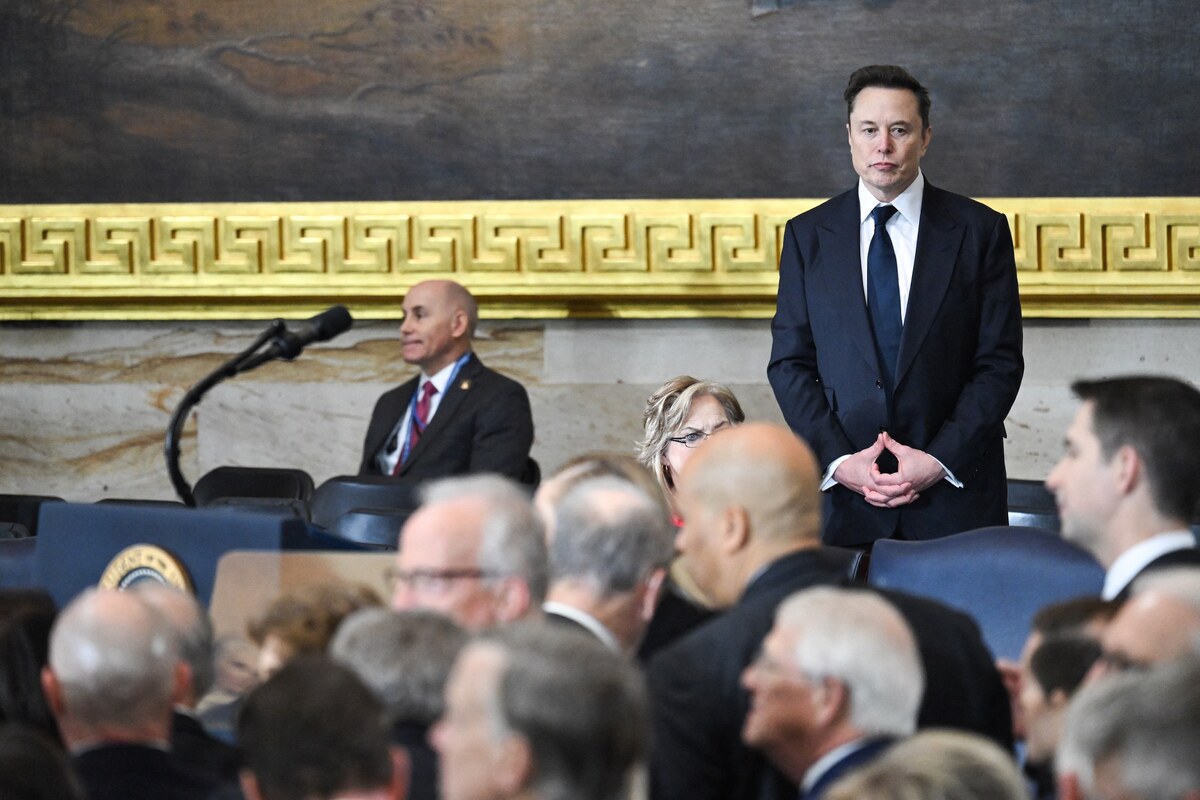WASHINGTON: The first weekend of summer brought a tragic yet familiar pattern for American cities wracked by gun violence as mass shootings left dozens dead or wounded at a party in Alabama, an entertainment district in Ohio and a grocery store in Arkansas.
It was the second straight weekend that saw an outbreak of mass shootings across the US, prompting mayors in places marred by the violence to plead for help.
In Michigan, a deputy was fatally shot while pursuing a suspected stolen vehicle in what the county sheriff described as an ambush. A Philadelphia police officer was critically wounded Saturday after pulling over a car with four people.
Police in Montgomery, Alabama, said hundreds of rounds were fired at a crowded party early Sunday, leaving nine people wounded. Interim Police Chief John Hall said investigators recovered more than 350 different spent shell casings.
“This senseless violence just has to stop,” said Montgomery Mayor Steven Reed, who called it a blessing that no one died while also asking for help in keeping guns out of the hands of criminals.
One reason for so many shootings with multiple victims is the increased use of modified guns that can spray hundreds of shots, said Jillian Snider, a lecturer at John Jay College of Criminal Justice in New York.
“That’s why you’re seeing more victims that are not even involved in the initial confrontation,” she said.
Gunfire broke out early Sunday on the main street of a popular restaurant and entertainment district near downtown Columbus, Ohio.
Ten people were injured, one in critical condition, leading the city’s mayor to call for more action from state and federal governments to keep guns off the streets and for parents to watch their children. Mayor Andrew Ginther said the gun violence “is outrageous, it’s unacceptable, and it must stop.”
FBI statistics show overall violent crime in the US has dropped after a pandemic-era spike but it might not feel that way to most people in the wake of these recent shootings, said University of Miami criminologist Alex Piquero.
Summertime always brings a rise in violence because school is out, there are more social gatherings and warmer temperatures can cause tempers to flare, he said. “That creates that kind of opportune structure for violence to occur,” Piquero said.
Several of the shootings this past weekend happened at large parties. Police in Dayton, Ohio, said a 22-year-old woman was killed and six people were injured early Monday, after a drive-by shooting at a vacant house where a big crowd had gathered.
Six people were wounded early Sunday at a park in Rochester, New York, after police said at least one person started shooting into a crowd. Elsewhere early Sunday, one man was killed and five others were wounded early in a downtown St. Louis shooting that police believe began when a fight broke out between several women and men stepped in with firearms.
The weekend of mass shootings began Friday in the small city of Fordyce, Arkansas, where four people were killed and another 11 injured — including the alleged gunman. The gunfire sent shoppers and store employees ducking for cover. Among those killed was a 23-year-old new mom.




























